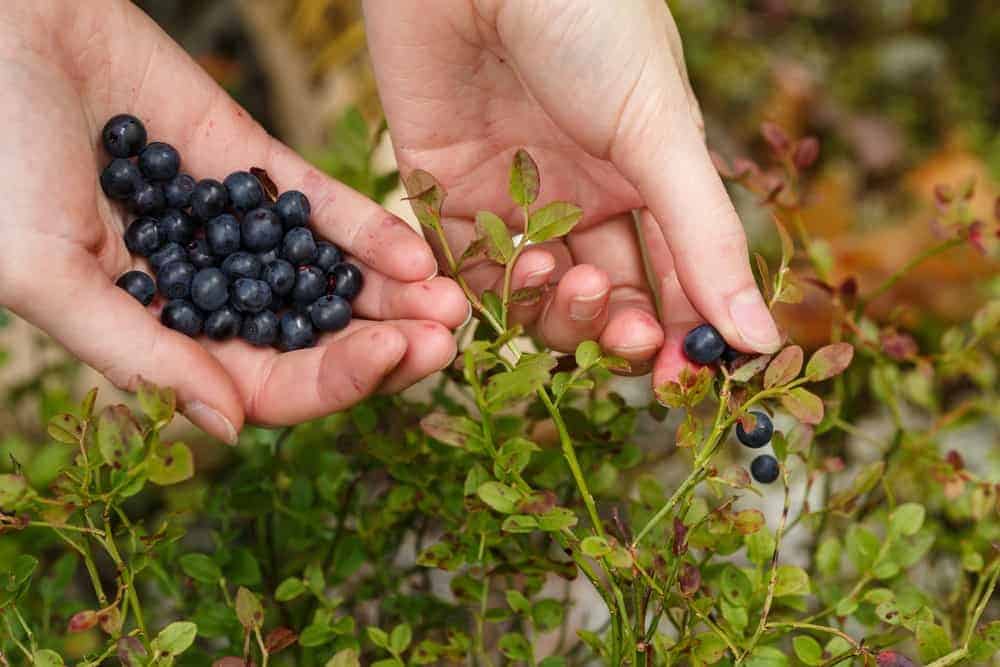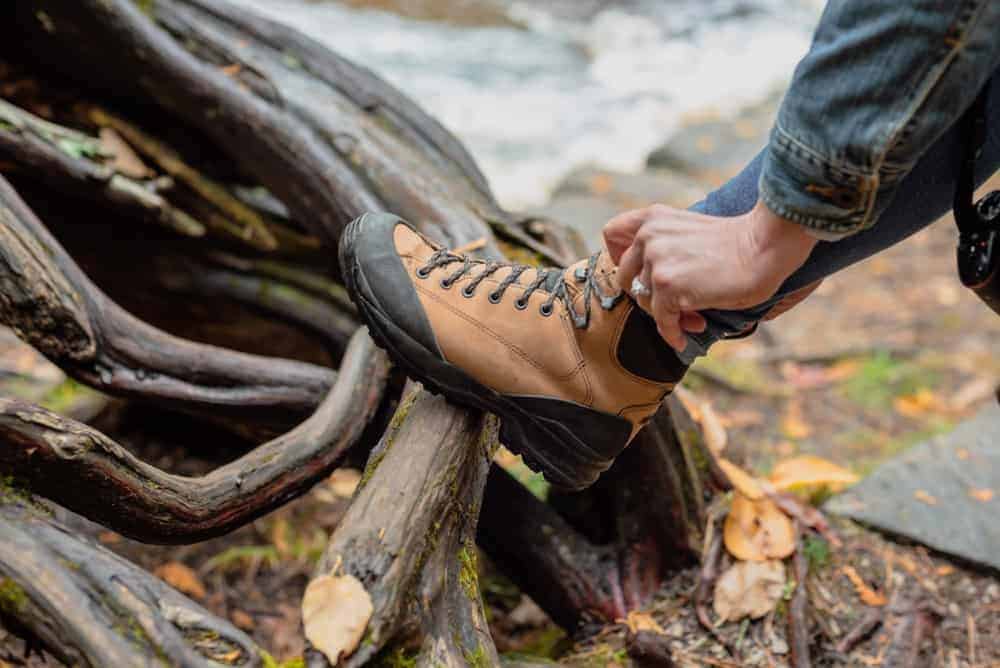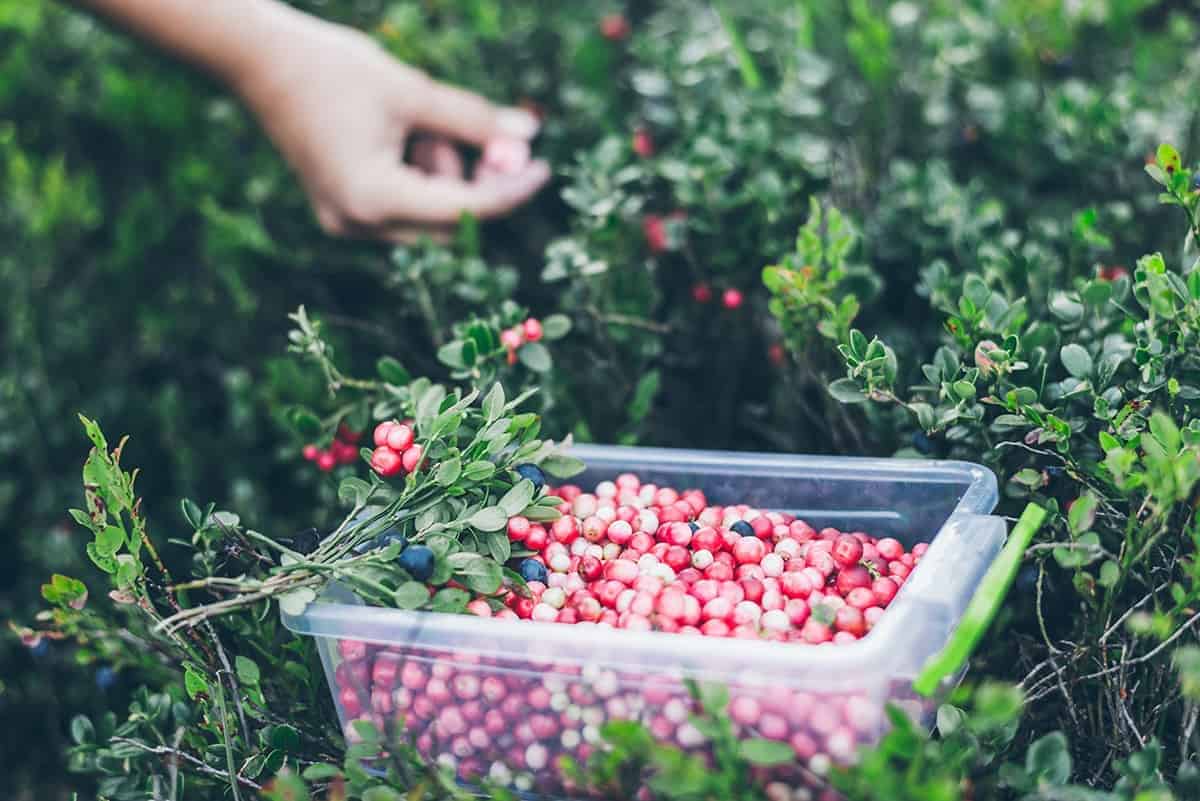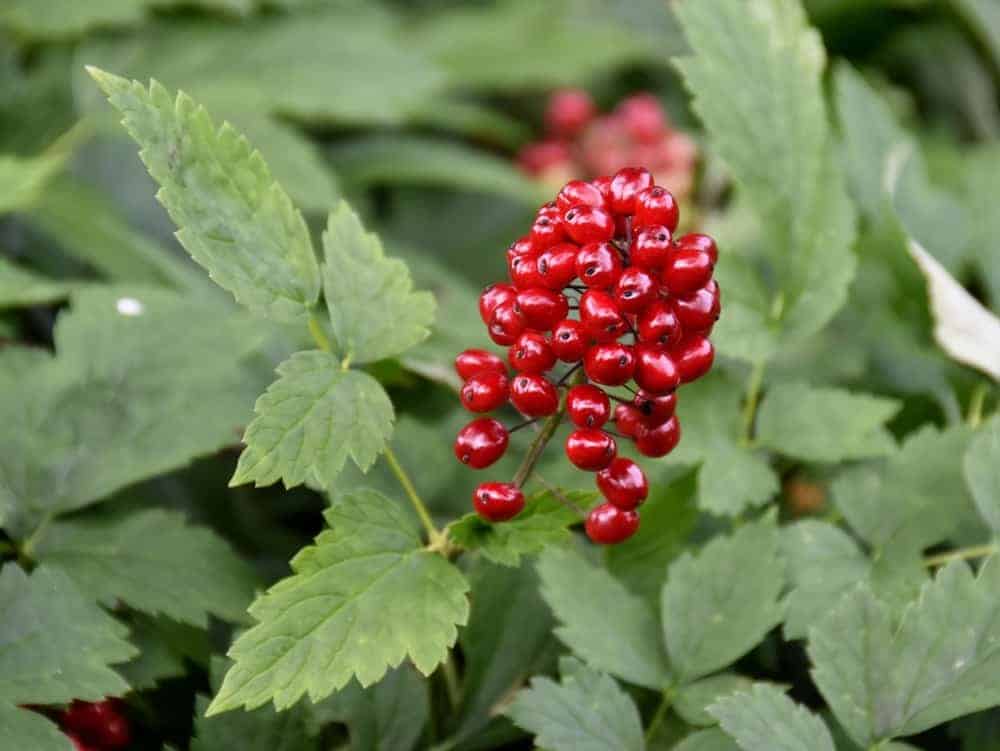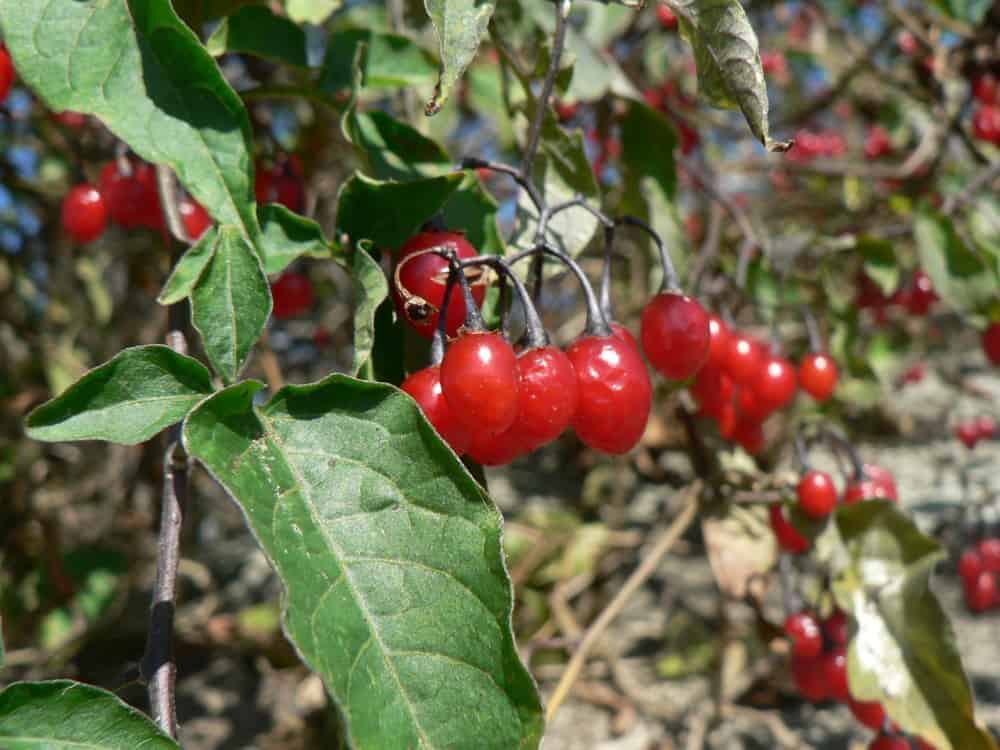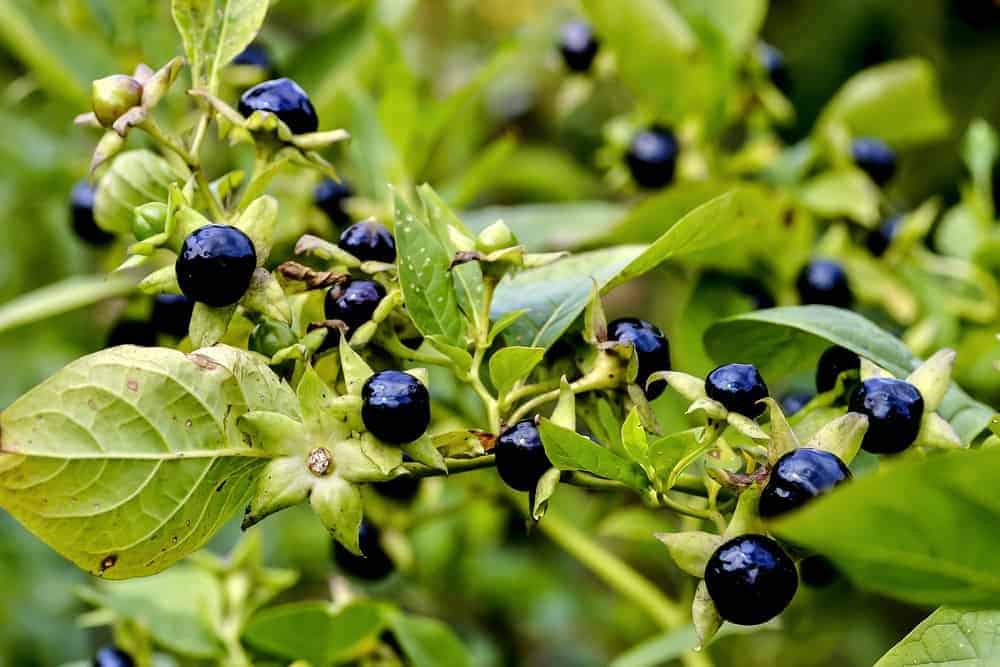Summer’s sweetest treats are ripe for the picking! Berries abound on almost every continent, offering a world of flavors to savor. To get started on your wild berry foraging adventure, let’s dive into the essentials. You might already be familiar with some of these must-haves, while others may come as a pleasant surprise. From trusty companions to crucial tools, this list is designed to keep you well-equipped and prepared for your excursions.
Once you’re ready to venture out and discover the thrill of finding those hidden gems, head over to our comprehensive guide on types of berries and how to identify them for even more insight.
Equipment You’ll Need
When embarking on a berry foraging adventure, it’s essential to consider the equipment you’ll require based on the location and type of berries you’re after. The absence or presence of thorns, for instance, can significantly impact the gear needed. Berries like wild strawberries and blueberries typically don’t feature thorns, which means you won’t need heavy-duty gloves to protect your hands while harvesting them.
This flexibility in equipment allows you to adapt to different environments and berry varieties with ease.
Field Guide
A comprehensive field guide for your region is an essential tool for any forager. Not only will it help you pinpoint which edible species grow in your area, but it’ll also provide vital information on potential lookalikes that could be toxic. This resource will serve as a trusted companion when exploring the great outdoors. When searching for wild berries, it’s crucial to exercise caution and ensure proper identification.
Consult your field guide, taking note of key characteristics such as stem, leaf, and fruit patterns. By cross-referencing this information, you’ll be able to confidently identify the species you encounter. If lugging a physical field guide isn’t feasible, consider installing an app like PlantID on your phone. This convenient digital tool will provide instant access to vital information whenever you need it. Remember, when in doubt, leave it out.
While some wild berries might appear irresistible, they could be deadly if ingested. Unless you’re absolutely certain that the ones you’re picking are edible and safe for consumption, it’s best to err on the side of caution and leave them be.
Gloves
The first time I ventured into wild blackberry foraging, I emerged with my forearms bearing the scars of battle. The plants’ thick stems, armed with vicious thorns, proved a formidable defense against would-be pickers – including myself. Little did I know, these prickly protectors had evolved to safeguard against herbivorous predators. As it turned out, they were equally effective at fending off determined foragers like me.
When it comes to tackling such thorny tasks, I swear by my trusty heavty-duty leather gardening gloves. Not only do they serve me well in the quest for wild blackberries, but they’re also a go-to for collecting nettles and tackling pesky weeds like thistles – all while keeping those pesky insects at bay.
If you’re planning to brave the brambles, aim for gloves that can withstand the rigors of thorn-filled terrain.
Not only will they spare your skin from the wrath of blackberry stems, but they’ll also provide a safe barrier against the stings of bees and wasps.
Protective Clothing
When venturing out during berry season, it’s crucial to prioritize clothing that not only keeps you cool but also shields you from the elements. Although the weather can be scorching hot, dressing appropriately is key to avoiding a multitude of issues. Consider donning long pants or trousers made of breathable materials like denim or canvas, which will safeguard your legs against those pesky insects.
A lightweight windbreaker jacket paired with a T-shirt will provide dual protection from the sun and heat. Your hands will be taken care of thanks to the gloves mentioned earlier, while a hat will ensure your face and neck are shielded. When it comes to footwear, opt for sturdy, comfortable shoes that can withstand the rigors of the excursion. Avoid open-toed shoes or sandals, as they may leave you vulnerable to various hazards.
If you’re venturing into snake country, take an added precaution by wearing high boots made from a thicker material, such as leather or heavy-duty outdoor boots. This is especially important if you’re concerned about encountering rattlesnakes – if one strikes out, it will likely aim below the knee. Wearing tall boots can significantly reduce the risk of being bitten.
Note that most rattlesnakes can easily bite through standard rubber boots, making taller and more durable options like leather or heavy-duty outdoor boots a safer choice.
Plastic Containers
When venturing out to collect your bounty, having a reliable container with a secure lid is crucial. I opt for BPA-free plastic pantry storage containers due to their slender design, making them easier to stow away in a backpack. Moreover, the tight-fitting lids ensure that any unwanted liquids or debris remain contained within the container. We advise against utilizing glass jars during berry foraging expeditions.
Instead, consider using plastic containers with secure lids, and then transfer your berries into glass after they’ve been thoroughly cleaned. This precautionary measure safeguards against the risk of broken glass fragments contaminating the forest environment. Even the most agile individuals can experience accidents. A jar of berries slipping from one’s grasp can result in shattered glass scattering across the terrain, posing a threat to wildlife and fellow foragers alike.
Furthermore, sunlight can be magnified through glass jars onto dry plant matter, potentially sparking a forest fire.
Water Bottle(s)
When venturing out to forage berries, consider the duration of your outing and proximity to your starting point. Will it be a leisurely stroll from your doorstep or an extended trek into the wilderness? Regardless of the distance, remember to prioritize hydration by bringing a refillable water bottle, especially on hot summer days. If you’re near a clean water source, consider packing a portable water purifier as well.
The type of filter you choose – ceramic or straw – is up to personal preference. What’s crucial is drinking regularly throughout your adventure, even if you don’t feel thirsty at first. In fact, waiting until you feel thirst typically indicates you’re already experiencing dehydration.
Bell
Living in bear country, I’ve come to realize that these majestic creatures have a sweet tooth for berries. As you can imagine, it’s not exactly ideal to encounter bears while out foraging for berries. To minimize the risk of an unwanted encounter, we wear bear bells on our bags. These aren’t designed to scare them away; instead, they serve as a gentle warning system, alerting bears to our presence.
Interestingly, bears don’t actually attack humans unless they feel cornered, are defending their young, or are in dire need of sustenance. However, when they detect the sound of bells and loud voices, it triggers an ‘intruder alert’ within them, prompting them to vacate the area. By taking these precautions, we can safely continue our foraging endeavors.
Pepper or Bear Spray (Depending on Your Location)
When relying solely on a bell to deter bears isn’t sufficient, having a backup plan is crucial. Consider acquiring bear spray repellent or pepper spray from outdoor or military surplus stores. However, be aware that the laws surrounding these products vary by region, so it’s essential to check their legality before venturing into the wilderness with them. It’s also important to familiarize yourself with the local wildlife.
In some areas, you may only encounter smaller black bears, which pose a relatively low risk of attack. However, in regions like Wyoming, Montana, Alberta, BC, the Yukon, or Alaska, you may come across grizzly or Kodiak bears. When facing these larger, more aggressive species, relying on pepper spray is not recommended. Instead, it could lead to escalating the situation and putting yourself at risk of being attacked.
In bear country, it’s crucial to exercise caution and consider hiring a licensed guide if possible. Bear spray can also be useful in other situations, such as foraging for berries alone. While it’s ideal to assume that you won’t encounter any issues during an outdoor excursion, it’s better to err on the side of caution. As always, check the laws in your area to determine what is and isn’t legal to carry.
Emergency Medication
While foraging for wild foods can be an exhilarating experience, it’s crucial to acknowledge the potential health risks involved. Individuals with bee or wasp sting allergies must exercise particular caution when harvesting berries, as these plants often attract significant insect activity. To mitigate this risk, those with such allergies should take necessary precautions. Don protective clothing and carry an EpiPen at all times.
Ensure your phone is fully charged with roaming and GPS enabled to guarantee seamless communication in case of an emergency. Furthermore, foraging alone can be hazardous; it’s essential to have a buddy or companion by your side. The last thing you need is to find yourself isolated in the woods, struggling to convey vital information to emergency services due to an allergic reaction.
In addition to preparing for potential allergies, it’s vital to assemble an emergency kit that includes essential items like alcohol swabs and adhesive bandages to treat puncture wounds and cuts. Standard bandages can also prove useful in case of sprains or strains, while analgesics such as acetaminophen or paracetamol can provide relief from minor aches and pains.
Poisonous Lookalikes
When venturing outdoors, it’s crucial to have a basic understanding of the poisonous plants that thrive in your region. By familiarizing yourself with these toxic lookalikes, you’ll be better equipped to avoid potentially life-threatening encounters. The following list highlights some of the most common North American species that, despite their innocent appearance, can prove deadly if ingested.
Virginia Creeper Berries
Virginia creeper (Parthenocissus quinquefolia) may appear to resemble wild grapes or elderberries at first glance, but it’s essential to exercise caution when approaching this plant. Ingesting even small amounts of its toxic compounds can lead to severe health consequences. Typically, this involves inflammation in the mouth and throat, which can compromise breathing and pose a significant risk to one’s well-being.
Red Baneberry
While red baneberries (Actaea rubra) may resemble pin cherries and wild currants to the untrained eye, these seemingly harmless fruits pose a significant risk to consumers. Unlike their edible lookalikes, consuming red baneberries can have devastating consequences for all mammals – cardiac arrest being a very real possibility.
Canada Moonseed
The Moonseed berry (Menispermum canadense), a plant notorious for its striking resemblance to wild grapes, is actually a silent killer. Its frosted purple-blue berries are eerily similar in appearance, but a closer inspection reveals the distinctive crescent-shaped seeds within, which differentiate it from its edible counterpart. Unfortunately, this close similarity has led to numerous cases of accidental poisoning each year, making Moonseed a plant to be approached with caution.
Bittersweet Nightshade
The Bittersweet Nightshade berry (Solanum dulcamara) bears a striking resemblance to its edible counterpart, the Goji berry (Lycium barbarum). However, unlike Gojis, which are typically cultivated and consumed in Asia, you’re unlikely to stumble upon them growing wild. It’s worth noting that while Bittersweet Nightshade berries are indeed toxic, the severity of their effects is contingent on consumption – an adult would need to ingest multiple berries for them to pose a lethal threat.
Deadly Nightshade
The deadly Atropa belladonna stands out as one of the most toxic plant species globally. Its fruits bear a striking resemblance to dark wild blueberries or Saskatoon berries, with their inviting appearance. However, just a few of these innocuous-looking fruits can prove fatal for a small child, or even induce a coma-like state in an adult by shutting down their nervous system.
Use Caution and Have Fun!
When it comes to foraging berries with your family, safety and identification skills are crucial. By following good protocols and verifying the types of berries you’re picking, you can create a memorable experience that’s enjoyable for everyone. As you collect your bounty, you’ll have the freedom to savor the fresh flavors or transform them into sweet treats like jam, jelly, pies, and preserves. However, it’s essential to practice ethical and responsible harvesting methods.
This means never stripping an area of its berries, leaving enough for wildlife to enjoy and ensuring the plants can replenish themselves. By respecting Mother Nature’s generosity, we can truly appreciate her bounty.
